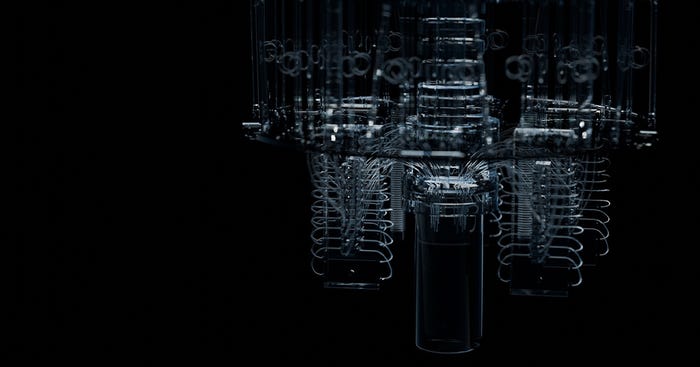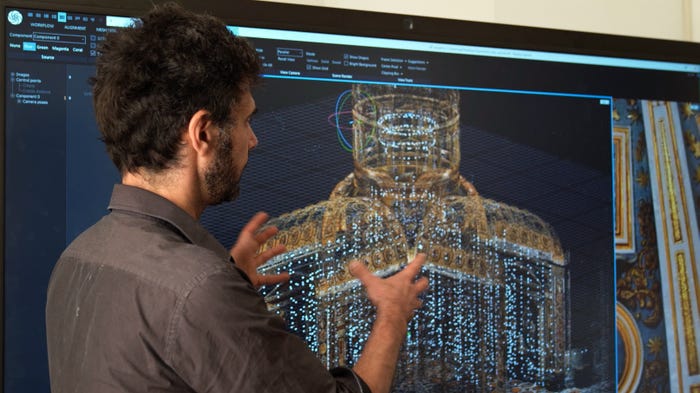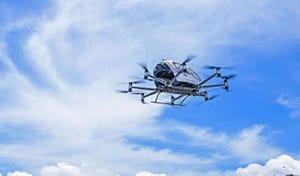Writing Off the IoT Now Is Like Dismissing Computing Decades Ago
Companies that reject the Internet of Things do so at their peril. But the learning curve of adopting the technology can also be steep.
May 12, 2016

Companies that choose to write off the Internet of Things could face a similar fate to typewriter manufacturers like Smith Corona in the 1980s. While Smith Corona had developed a reputation of making advanced electric typewriters, it initially wrote off PCs as a niche product. The company ended up filing for bankruptcy in 1995.
By contrast, IBM, which also had a long history producing electric typewriters, decided to enter the PC market in 1980 even though it had no experience selling technology to consumers. It went on to help play a major role in standardizing the PC platform. In the 1980s and 1990s, IBM and PC had become practically synonymous.
The binary choice for the industry today to either embrace or reject the IoT could be similar.
Still, some industry observers have surveyed the IoT landscape and have become jaded after observing whimsical consumer-facing IoT technologies such as smart couches and toothbrushes. After all, many people are questioning the utility of such applications. A Twitter feed dedicated to mocking silly-seeming applications of the IoT has just under 100,000 followers.
There is, for instance, the case of a Bluetooth-connected Prodigio espresso machine from Nespresso. The device can work with a smartphone app to schedule brewing time, keep track of how many capsules have been used, and to help schedule maintenance. The Verge quipped that the technology was “not the worst use for the Internet of Things — but probably not the best, either.” After all, tracking how many pods you use or brewing a cup of coffee with the system wasn’t too difficult in the first place.
On the other hand, this type of technology makes more sense for customers using Nespresso’s retail-grade machines. The utility of this has been demonstrated by European restaurants using the technology. They provide useful inventory management and predictive maintenance services.
As you shift from consumer technology to other sectors using the Internet of Things, the structures are wholly different. And the IoT stands to be especially helpful for complex applications faced by entities such as cities, manufacturers, and so forth. And the ROI for such applications stands to be more clear cut as well.
In the cities realm, there are already examples of where IoT technology has proven useful and others that hold tremendous promise. In the former, there is the case of the solar-powered Wi-Fi enabled trashcans from Bigbelly. The company recently announced that the smart trash cans have helped the city of Philadelphia save $1 million since they were installed. The technology helps drive efficiency by informing crew exactly when pickups are needed.
Cities deciding to invest in smart LED lighting can realize 20–30% savings in electricity.
Some cities, when upgrading their lighting, are choosing to integrate sensors into the light posts as well. For instance, the city of Chicago is undertaking an aggressive plan to install sensors throughout the city. In the beginning, however, they will be confined to a corridor that is one-block wide at its widest point.
Another case study that points to the promise of IoT technologies comes from San Diego. Although not strictly an IoT example, it points to the power of tackling problems using data analytics. Years ago, an ambulance company decided to do some business analytics to identify which regions in San Diego County had more problems with emergency response times. They identified these areas and decided to park ambulances strategically in areas that had poor response times.
About the Author
You May Also Like






.jpg?width=300&auto=webp&quality=80&disable=upscale)